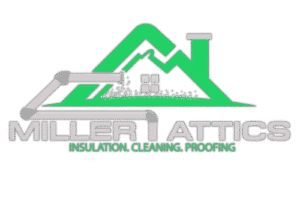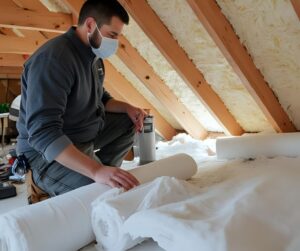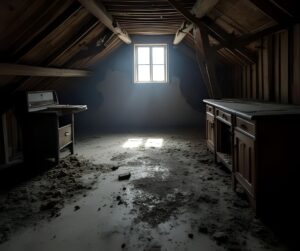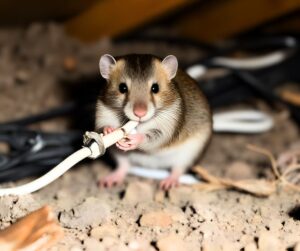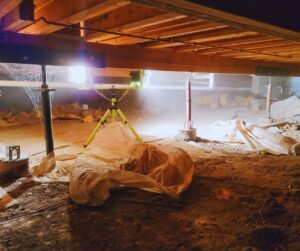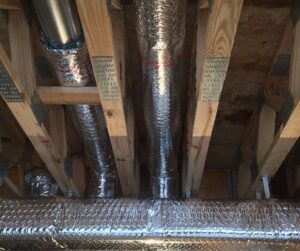The average cost to check air ducts for leaks runs about $325, though I’ve seen quotes as low as $115 for a basic visual inspection and as high as $600 for comprehensive testing on larger homes with multiple HVAC systems. That price range confuses people because they don’t know what separates a $150 test from a $450 test. The difference is massive, and understanding it can prevent you from either overpaying or getting a useless inspection.
A basic visual inspection—the cheapest option—involves a technician crawling through your attic or crawl space with a flashlight, looking for obvious holes, disconnected ducts, or crushed flex duct. This costs $75-$150 and tells you almost nothing useful. Yes, they’ll find the big problems. But duct leaks aren’t usually big visible holes. They’re gaps at joints, pinholes in the duct material, and connection points that look fine but leak massive amounts of air. Visual inspection misses all of that.
The test you actually need is called a duct blaster test, sometimes called a duct leakage test. This runs $250-$450 for most homes. The technician seals all your vents, connects a calibrated fan to your duct system, and pressurizes it to 25 Pascals. Then they measure how much air is escaping. The result comes in CFM—cubic feet per minute—and that number tells you exactly how leaky your system is. A 2,000 square foot house should have less than 80 CFM of total leakage to meet code. Most homes we test? They’re leaking 150-250 CFM. That’s 20-30% of your conditioned air disappearing into your attic.

Why the Price Varies So Much
The cost to check air ducts for leaks depends on several factors that aren’t immediately obvious. Home size matters, obviously—a 1,200 square foot ranch takes half the time of a 3,500 square foot two-story. But accessibility matters more. If your ducts run through a tight attic with blown-in insulation three feet deep, the technician is going to charge more because the job is miserable and time-consuming. If you have ducts behind finished walls with no access panels, you’re looking at the high end of the price range—or they might not be able to test at all without cutting holes.
Multiple HVAC systems add cost too. Each system needs separate testing. A house with three air handlers requires three separate tests, which is why we see quotes climbing to $500-$600 for larger properties. Some companies charge per system, others charge by square footage. Always ask upfront how they calculate the price and what exactly is included.
Here’s where it gets interesting: some companies offer free or $99 duct testing as a loss leader. They’re hoping to sell you on expensive duct sealing—usually Aeroseal, which runs $3,000-$5,000. That dirt-cheap inspection comes with a very aggressive sales pitch. I’ve had customers tell me they felt pressured to sign a contract before the technician would even show them the test results. That’s a red flag. A legitimate test should give you data you can use to make an informed decision, not trap you into an immediate purchase.
When the Test Actually Matters
Most homeowners ask me: is this test even worth it? The honest answer depends on your situation. If your house was built in the last five years and you’re not experiencing comfort problems, you probably don’t need a duct test. Modern construction codes in California require duct testing before final inspection, so your ducts were already tested and verified when the house was built.
But if your home was built before 2010, the story is different. We see duct leakage rates of 25-35% in older California homes routinely. That’s not just inefficient—it’s throwing money away. If your summer cooling bills exceed $300 per month for a 2,000 square foot house, duct leakage is likely a major contributor. The test tells you if sealing your ducts will actually help or if your high bills come from something else—like insufficient insulation or an oversized, inefficient HVAC unit.
Here’s the math that matters: if you’re losing 200 CFM to duct leaks and your AC runs 8 hours a day during California summers, you’re conditioning about 96,000 cubic feet of air that never reaches your living space. At current electricity rates, that’s costing you roughly $50-80 per month, or $600-$1,000 per year. A $350 test that leads to $1,500 in duct sealing pays for itself in two to three years through energy savings alone. But if you’re only losing 60 CFM—within acceptable range—spending $1,500 on sealing won’t save you much.
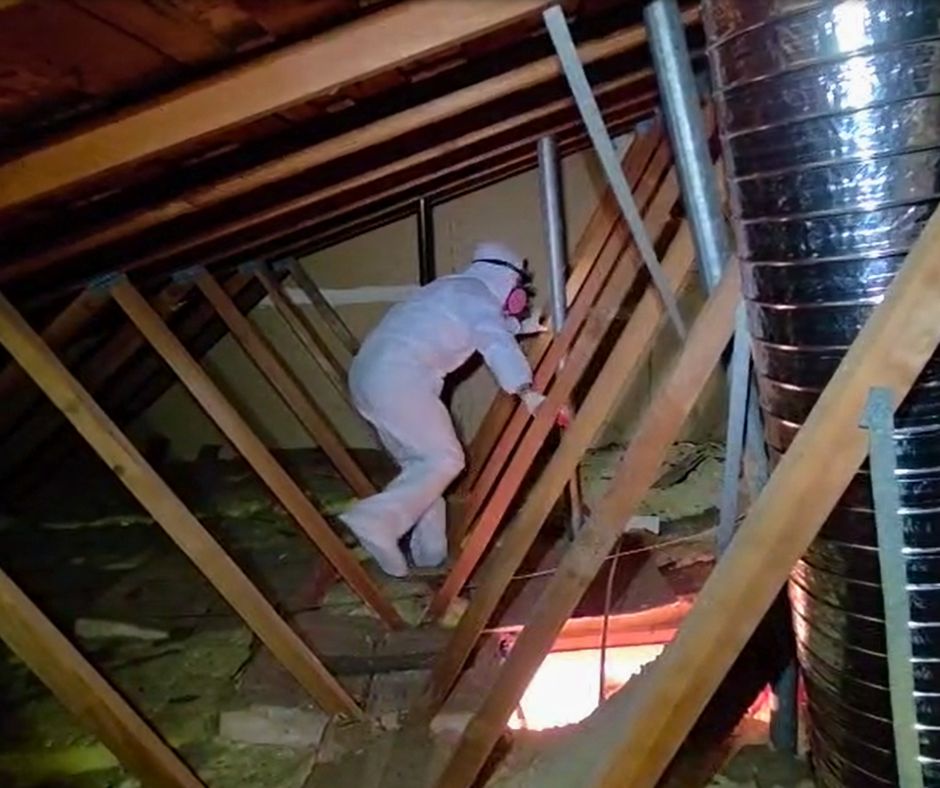
The Bigger Question: Sealing or Duct Replacement
Once you know you have leaks, the next question hits: do you seal the existing ducts or replace them entirely? This is where the cost to check air ducts for leaks becomes the least of your concerns. Duct replacement runs $3,000-$15,000 depending on the scope of work. Most homeowners hear that number and immediately want to just seal what they have. But sometimes replacement is actually the smarter long-term decision.
Duct sealing—whether traditional mastic and tape or modern Aeroseal technology—costs $500 to $4,000 depending on your system size and the method used. Traditional hand sealing is cheaper but only reaches accessible leaks. Aeroseal costs more ($1,500-$4,200 per system) but seals leaks you can’t even see or reach, including small holes throughout the entire duct system. For most situations, if your ducts are structurally sound, sealing is the right call.
Duct replacement makes sense in specific situations. If your ducts are over 25 years old and made from materials that are deteriorating—like old flex duct that’s compressed or torn, or metal ducts with significant rust—replacement might be unavoidable. If you’re upgrading your HVAC system and the existing ductwork is undersized for the new equipment, you’ll need new ducts anyway. If you’ve got asbestos-wrapped ducts in an old house, replacement is both a health necessity and an opportunity to upgrade to a more efficient system.
The test results guide this decision. If the technician finds severe leakage—over 30% loss—and discovers the ducts are in poor physical condition during the visual portion of the inspection, duct replacement starts looking more attractive than sealing a failing system. But if the test shows moderate leakage in otherwise solid ducts, sealing delivers the results you need at a fraction of replacement cost.
What You Need to Know Before Scheduling
Before you spend money on testing, understand what you’re actually going to do with the information. If you’re selling your house next year and just want to get through one more summer, spending $350 on a test that reveals you need $3,000 in repairs doesn’t help you. But if you’re planning to stay in your home for the next decade and you’re frustrated with high energy bills and uncomfortable rooms, that test is the first step toward solving real problems.
Ask the company doing the test whether they also do the repair work. Some companies specialize in testing only and provide unbiased results—they have no financial incentive to exaggerate problems. Others test and repair, which creates potential conflict of interest. There’s nothing wrong with using a company that does both, but you should get a second opinion on recommended repairs before committing thousands of dollars.
And here’s something most homeowners don’t know: many California utilities offer rebates for duct testing and sealing. Some programs subsidize the test cost entirely or cap it at $50-$100 for qualified homeowners. The sealing work might also qualify for rebates of $500-$1,500. Check with your utility provider before paying full price.
